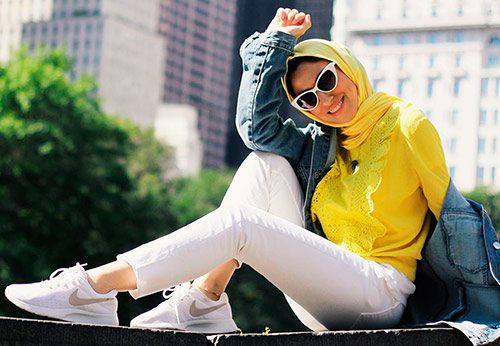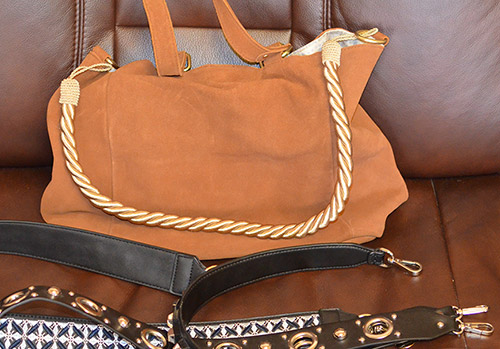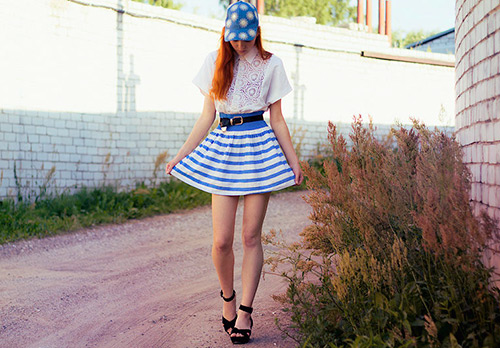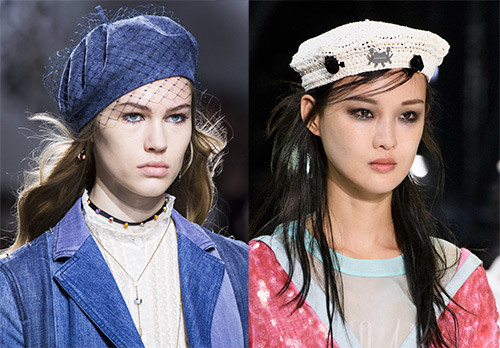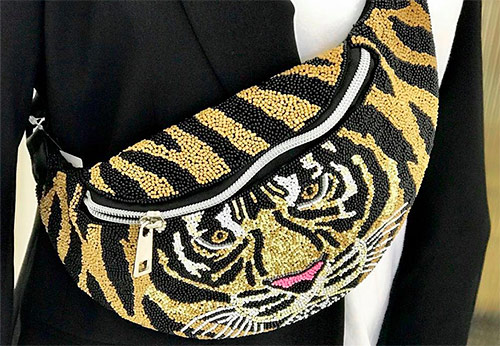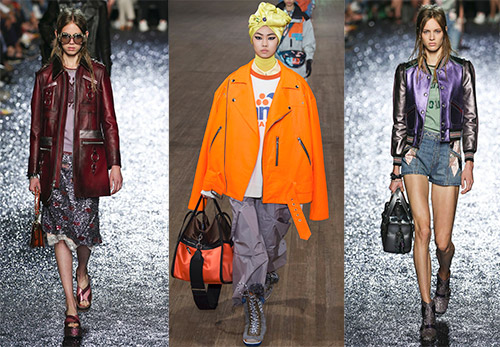Fashion history
Vest in history and fashion trends
In the latest fashion collections, there is an abundance of stripes that have settled on a variety of things, not to mention women's T-shirts and vest dresses. But today we will not study this fashion trend in full. mystyle.decorexpro.com/en/ has already talked about the trends of the new season, we also discussed the nautical style. Today we will recall a little the history of the vest.
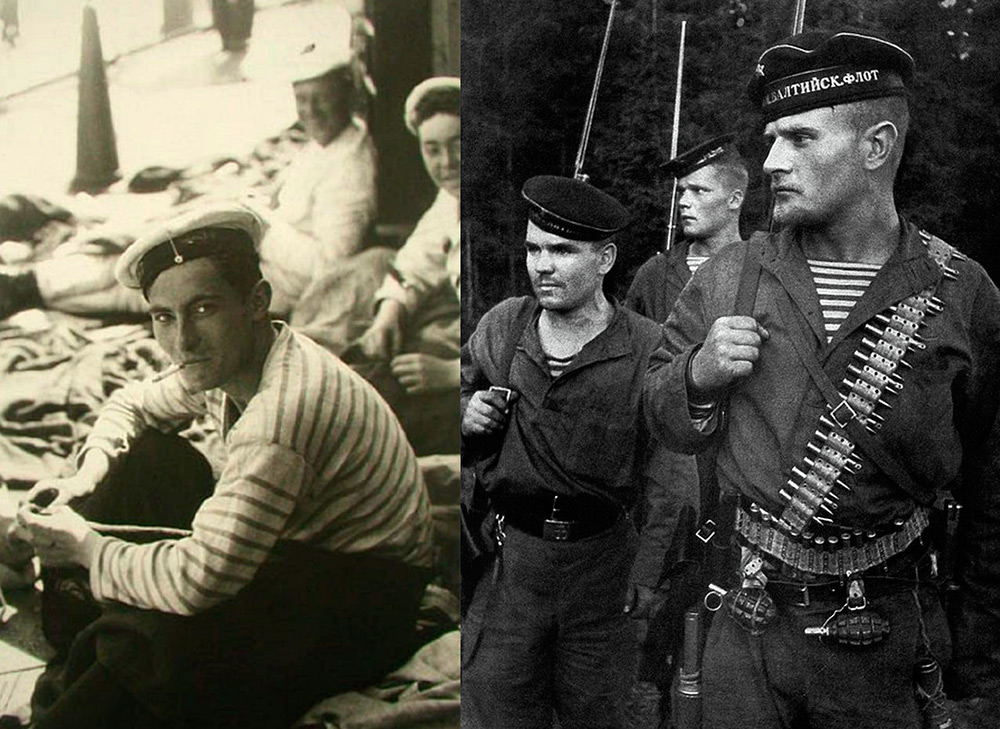
What a real vest looks like
Now a vest is called any T-shirt, T-shirt or long sleeve striped. But with the classic vest, everything is a little more complicated. The Bretonne (the original vest that appeared in the French province of Brittany) has 21 stripes since 1852 - some say that by the number of Napoleon's major victories, others say that this is the number of success in the card game of sailors Vingt-et-un.
The Dutch and the British chose a vest with 12 transverse stripes - the same number of ribs in a person. In Russia, the number of stripes depends on the size of the vest. I must say that the width of the stripes in our country was also established: at first the distance between the blue stripes was about 4.5 cm (the white stripes were wider to repeat the ratio of the colors of the Andreevsky flag). In 1912, the blue and white stripes were equalized in width (approximately 1 cm).
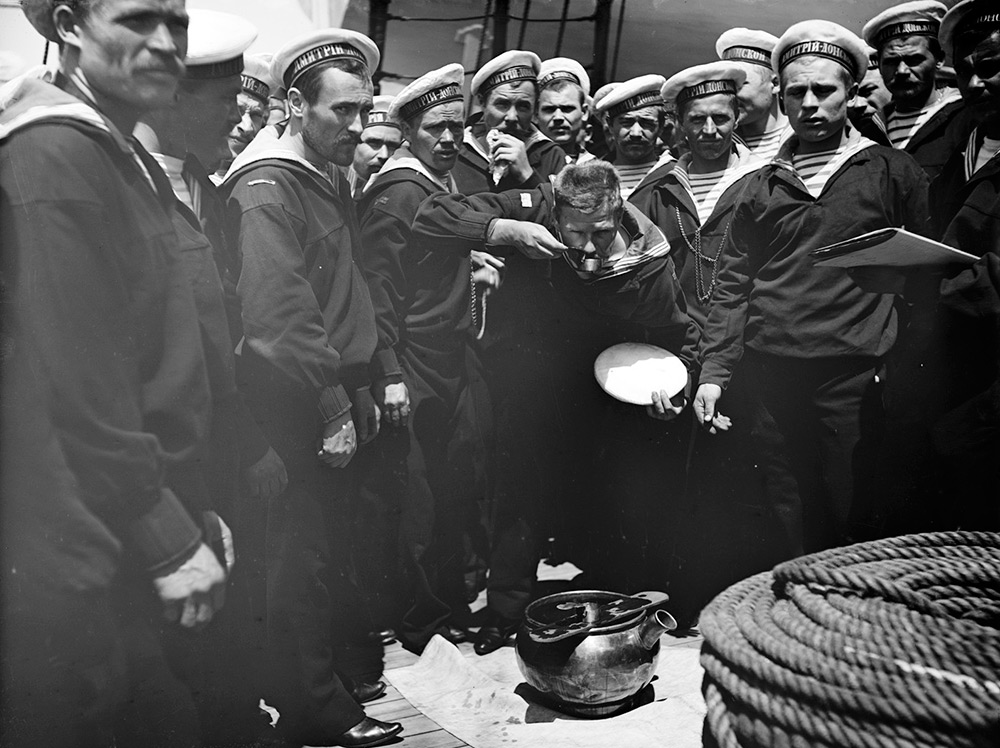
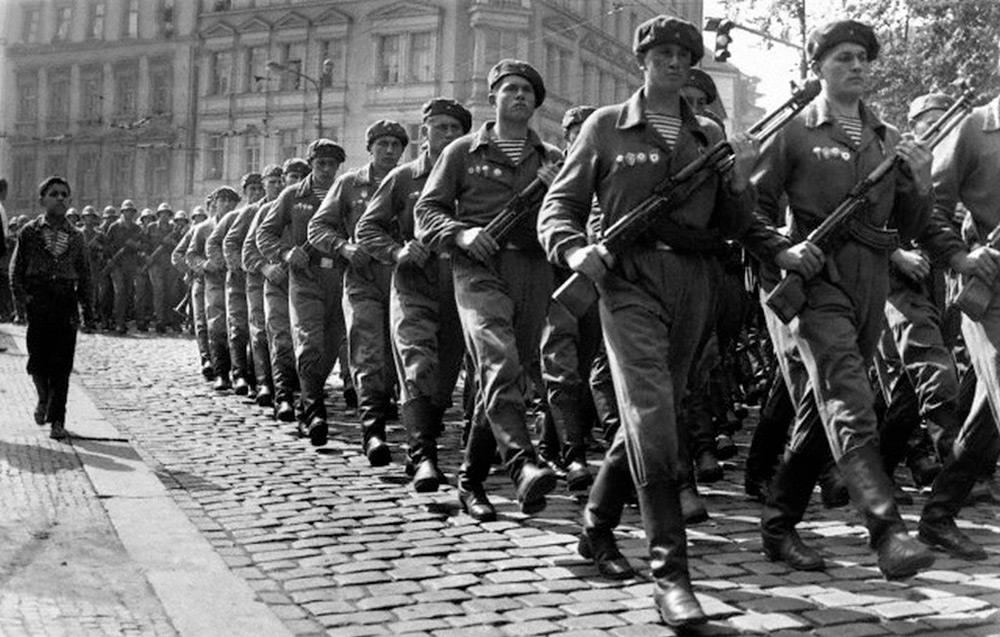
When did the first shirts appear?
Striped clothing in the Middle Ages served as a stigma. It was used to identify marginals: illegitimate, prostitutes, servants, jugglers, jesters, blacksmiths, butchers, executioners and convicts. Thanks to such clothes, they could be identified from a distance and distinguished from respectable citizens. When in the middle of the 13th century Carmelite monks appeared in striped cloaks, they were called "marked", mocked them and forced to change their clothes. Heraldry and paintings of that time retained negative symbolism: if you see stripes in a suit or coat of arms, then we are talking about a dubious person.
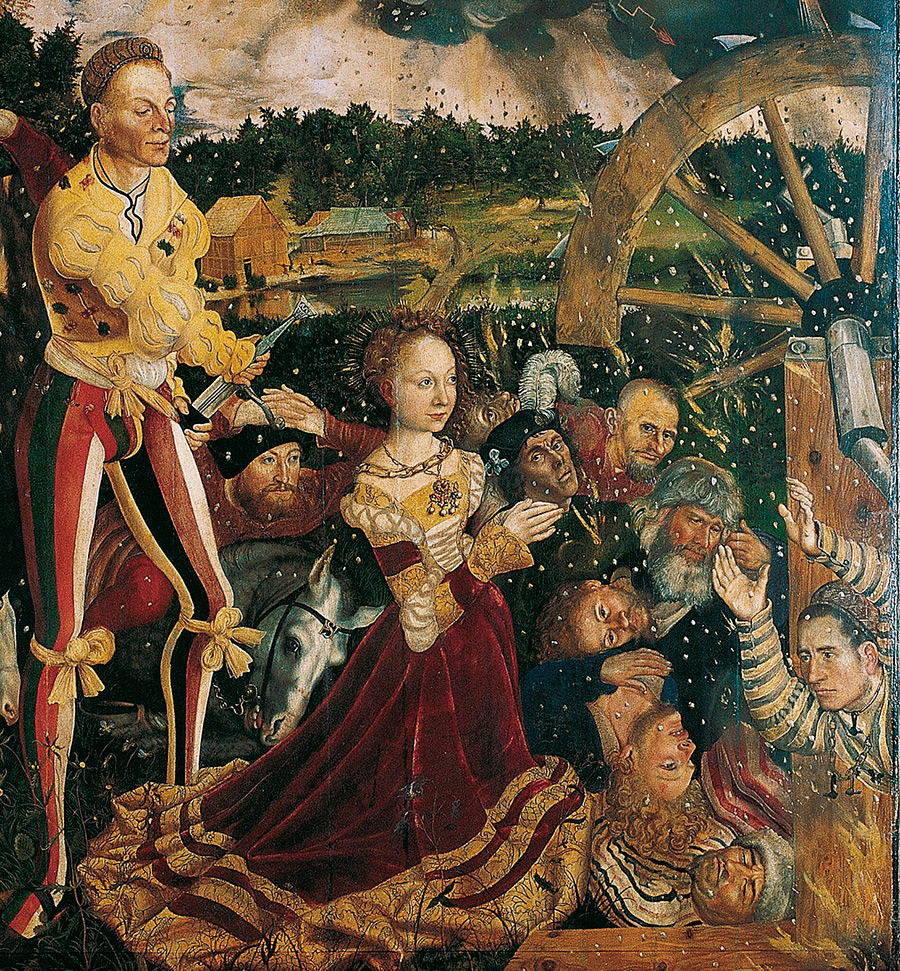
Painting by Lucas Cranach the Elder - Saint Catherine
Sailors, going on long journeys and feeling their vulnerability to death, tried to appease her. Striped clothes served as a talisman. The sailors thought that the man in the vest was becoming invisible to the spirits, or they took him for a dead man.
The sailors were very superstitious, they believed in mermaids, sea demons, various underwater monsters that devoured whole ships and the most incredible evil... Many sailors and entire ships went missing, so they were all good in the struggle for survival.
In addition, the stripes also had a practical side - in the water and against the background of white sails, the man in the vest is easier to see. Therefore, from the beginning of the 17th century, the vest gradually became part of the uniform of sailors from around the world.
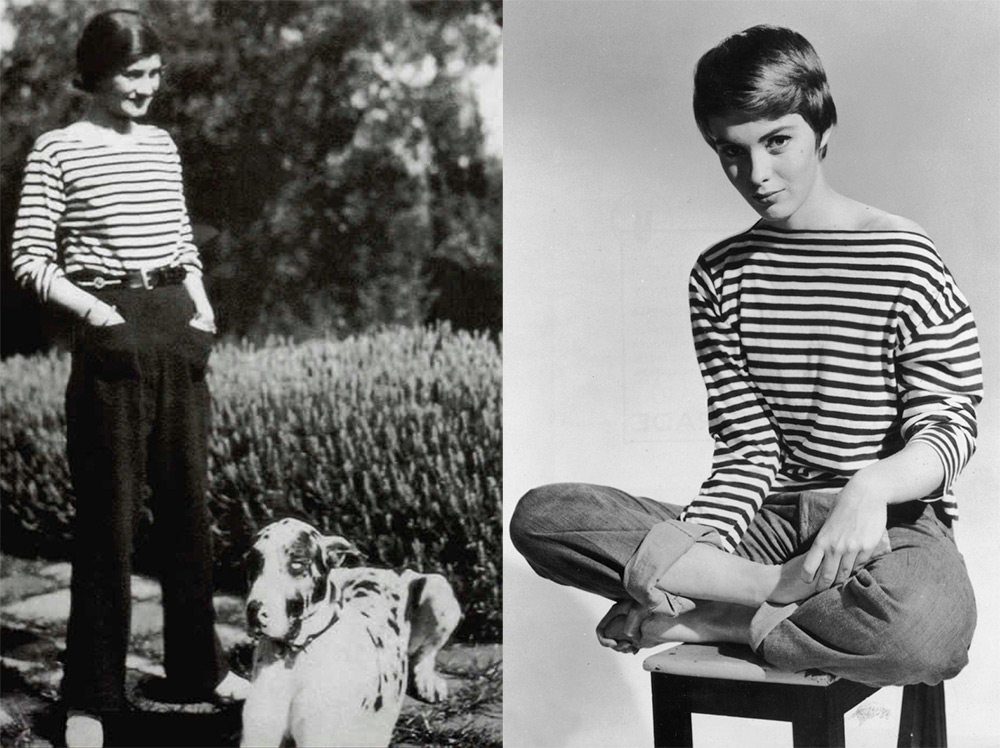
When the vest became the object of desire of fashionistas
The Breton woman got into fashion thanks to Coco Chanel. In 1917, she created a nautical collection inspired by the image of French sailors. Chanel appeared in society in a striped shirt and flared trousers.
And then Hollywood took over the vest. She first appeared on Lee Marvin, then James Dean in Rebel Without a Cause. The vest was loved by actors, designers and artists - Marilyn Monroe, Pablo Picasso, Audrey Hepburn, Jean Seberg, Brigitte Bardot, Andy Warhol, Edie Sedgwick, Jean-Paul Gaultier and many others.
Over the years, the fashion industry has created many models of striped clothing, so now our wardrobe can include not only a vest shirt, but also a vest dress and many other striped outfits.
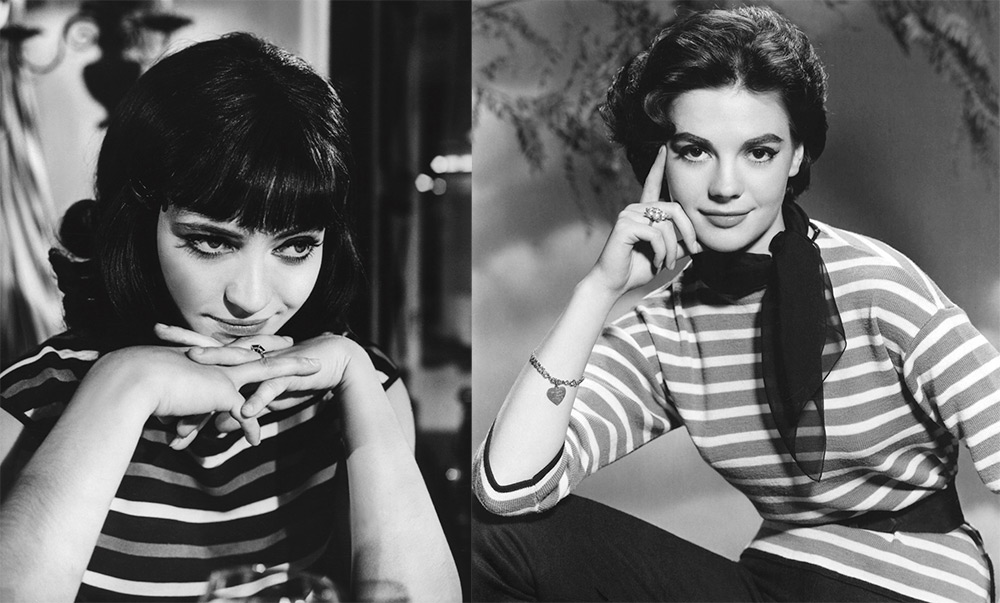
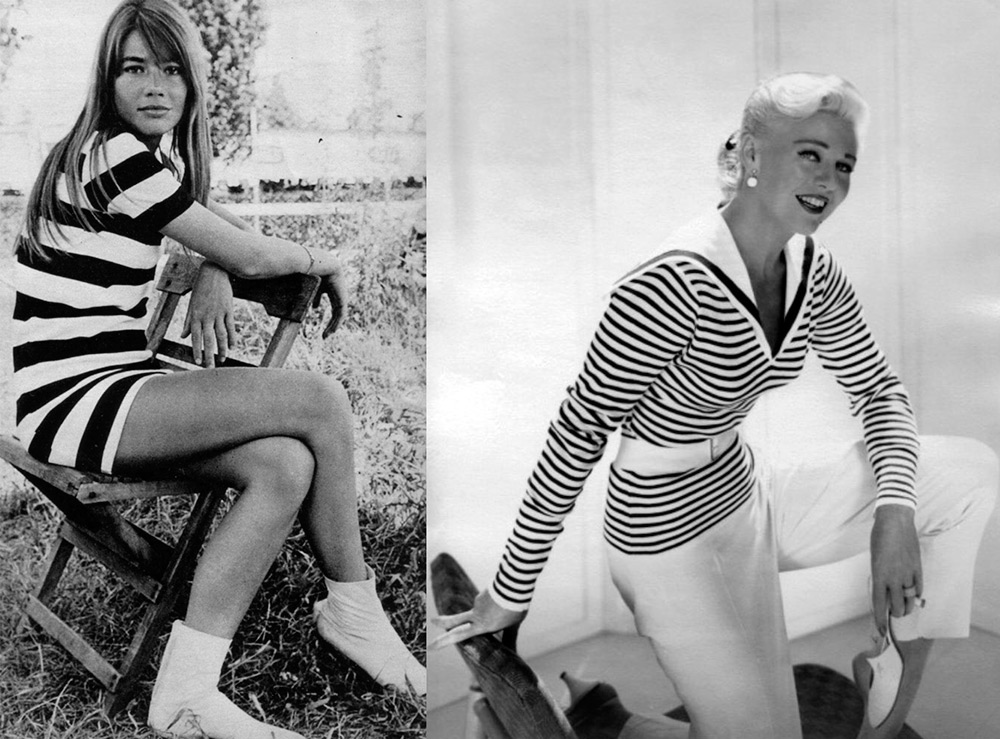
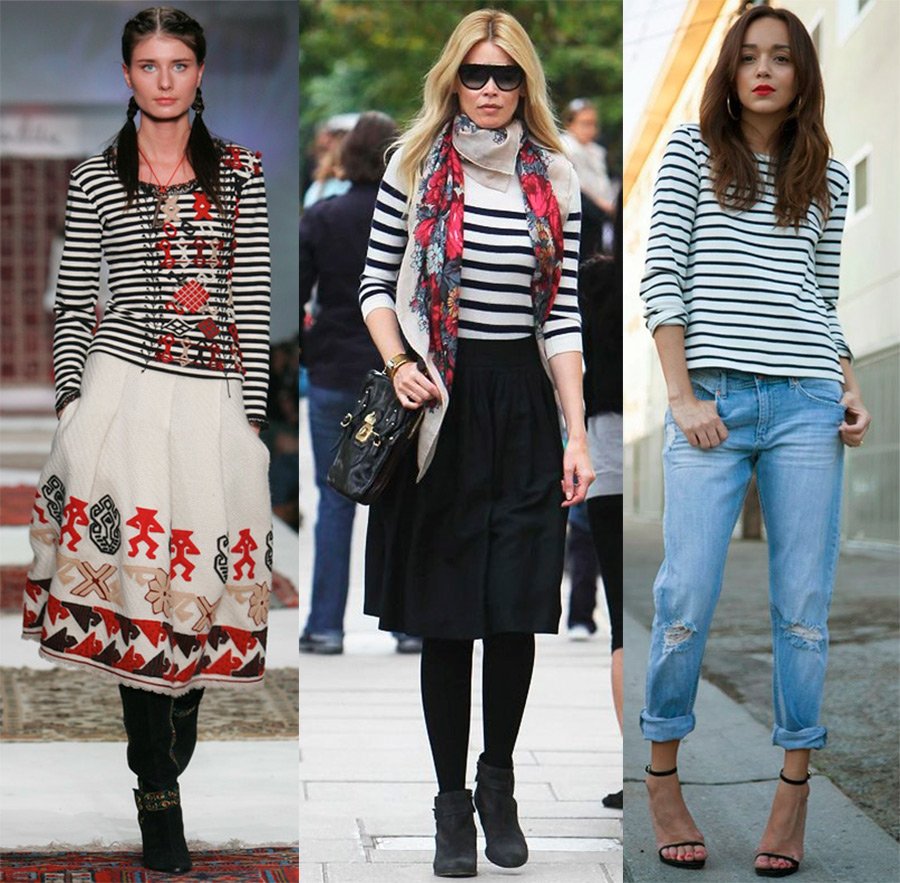
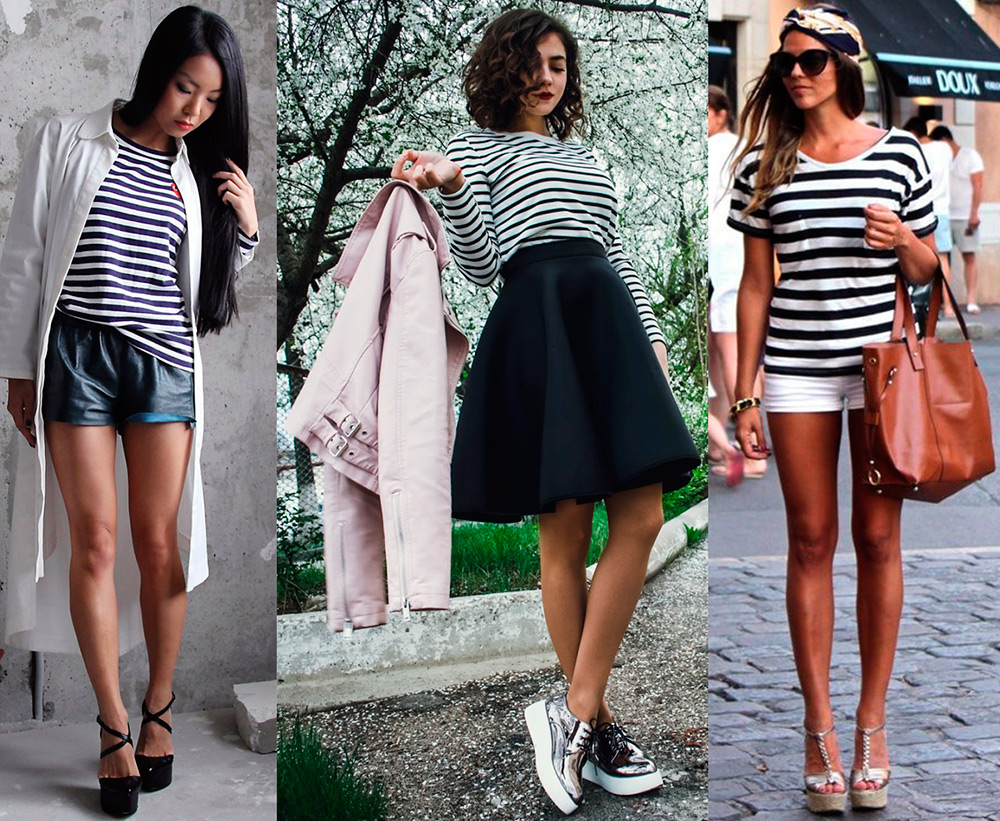
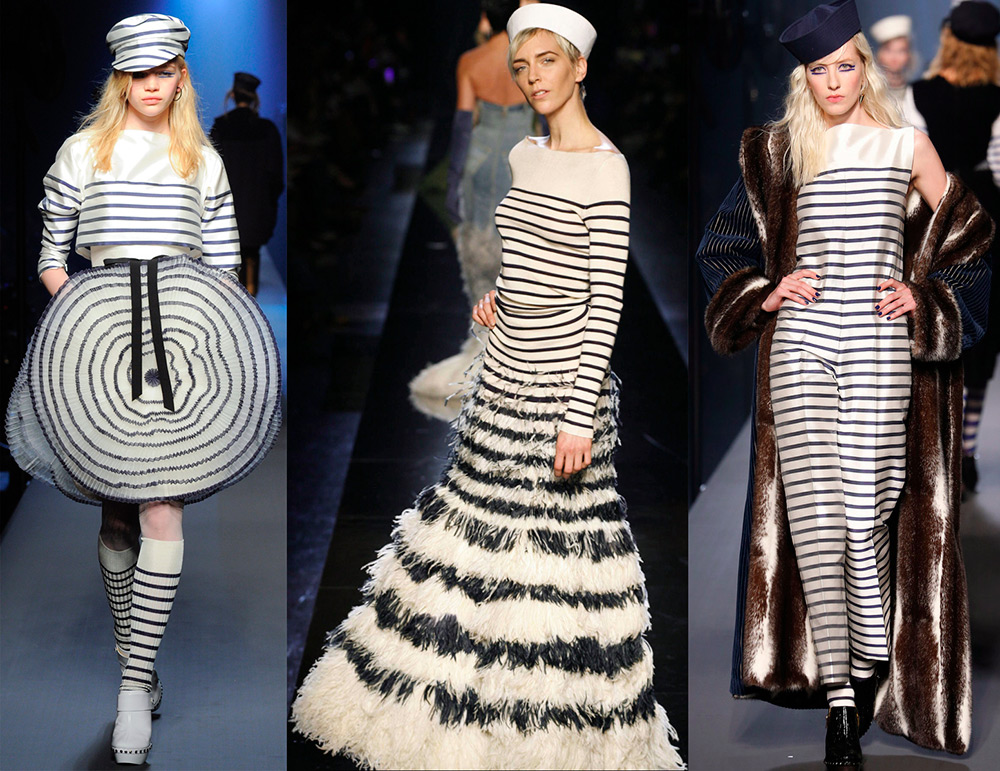
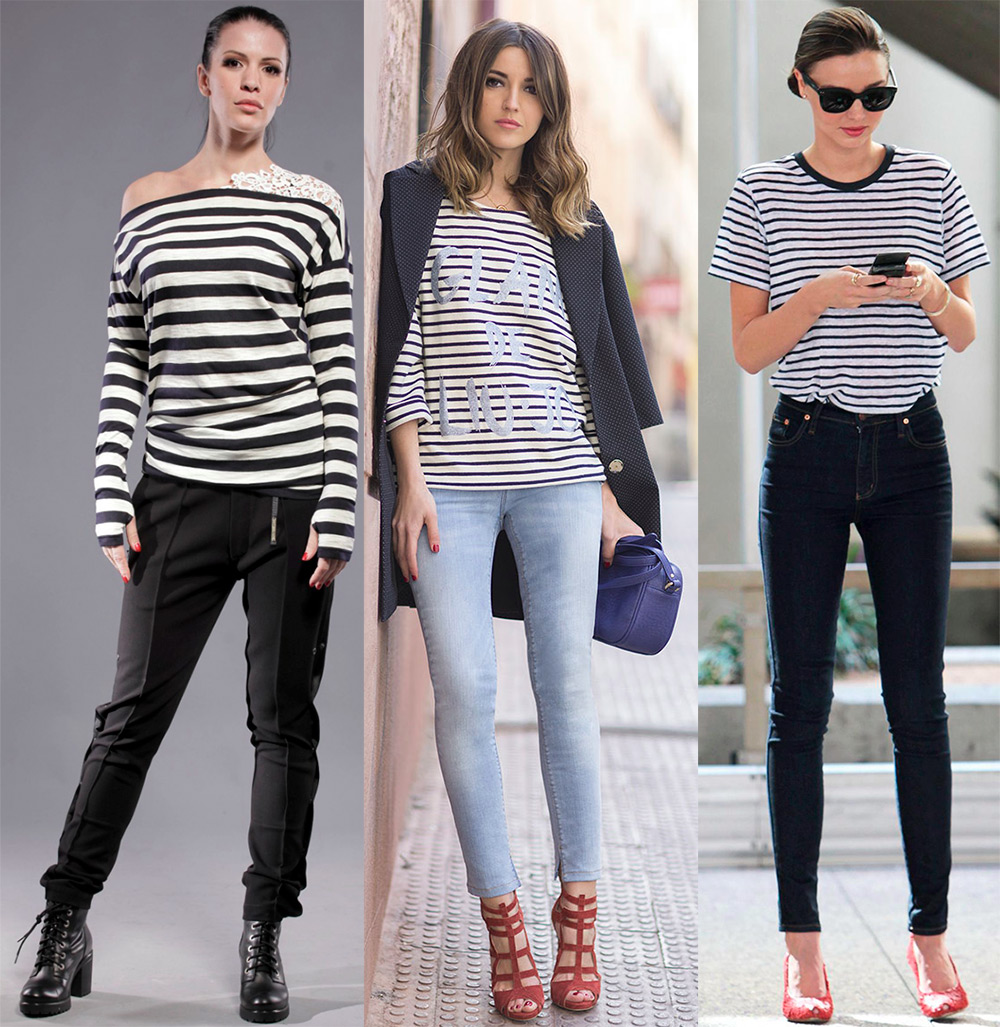
Comments and Reviews
Add a comment
Rating news
Shades of clothing that make women look younger
What shades of hair make women younger: rules and photos
Funny wedding dresses - photos and ideas
12 most expensive down jackets for the winter
How to look 25 at 40: tips from supermodels
Beautiful schoolgirls
Anti-aging haircuts and hairstyles for women
Fashionable skirts for autumn and winter
Fashionable women's trousers for the cold season
Fashionable and stylish sandals for summer 2024
Spring-summer 2024
 Fashionable dresses and tops with thin spaghetti straps
Fashionable dresses and tops with thin spaghetti straps
 Bandana tops: how to wear stylishly and beautifully
Bandana tops: how to wear stylishly and beautifully
 How to put together the perfect men's wardrobe for the summer
How to put together the perfect men's wardrobe for the summer
 Fashionable shorts for spring-summer 2024
Fashionable shorts for spring-summer 2024
 Fashionable skirts for spring-summer 2024: a guide to online shopping
Fashionable skirts for spring-summer 2024: a guide to online shopping
 The most fashionable dresses spring-summer 2024: styles and colors
The most fashionable dresses spring-summer 2024: styles and colors
 Fashionable total look 2024: ideas of images and trends
Fashionable total look 2024: ideas of images and trends
